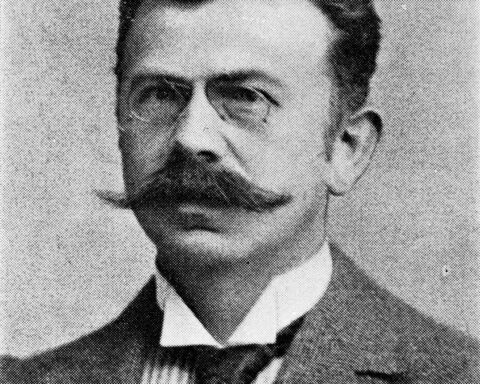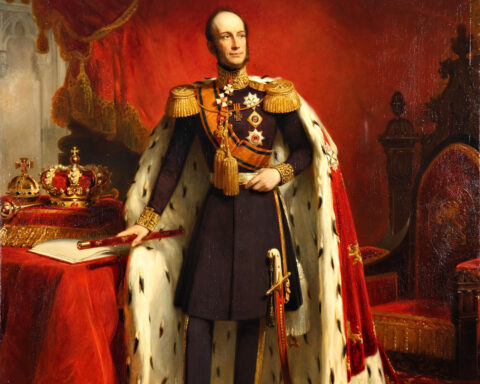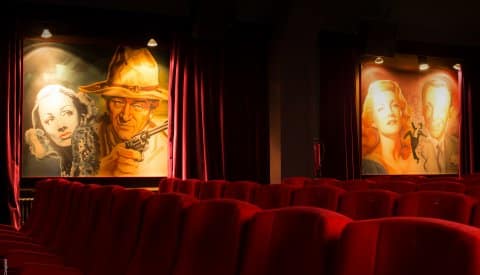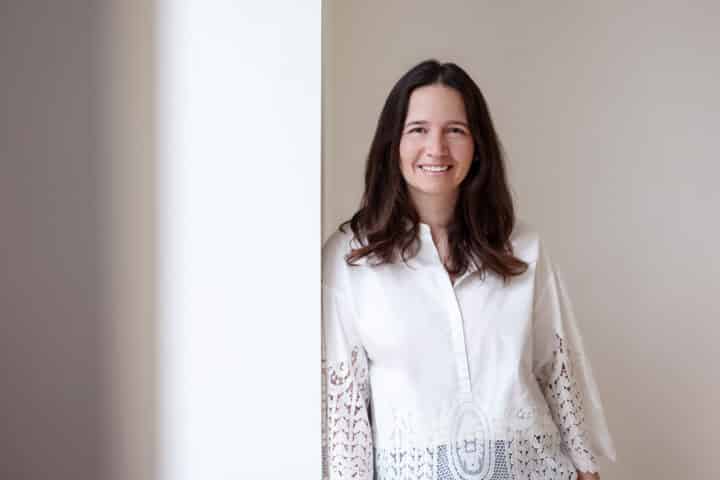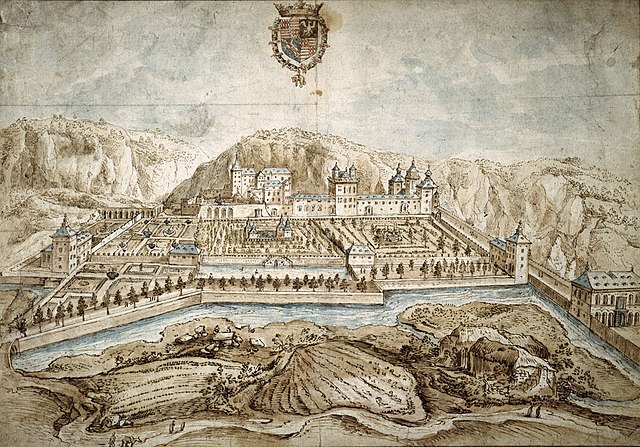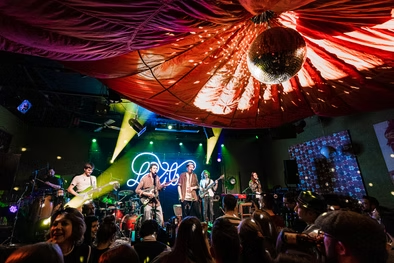Luxembourg’s cinematic landscape evolved from early amateur efforts to a professional and internationally recognised film industry, anchored by institutions, artefact preservation, production companies, and modern theatres.
Early Beginnings
At the turn of the 20th century, filmmaking in Luxembourg was largely amateur in nature. A pioneering short documentary, Les danseurs d’Echternach, was screened at the Cannes Film Festival in 1947. René Leclère produced several documentaries between 1937 and 1953, while Pierre Bertogne captured prominent historical moments of the 1930s. During these decades, cinema was primarily a passion-driven endeavor, far from professional or commercial in scale. The landscape shifted notably in the 1980s, as Andy Bausch secured a popular breakthrough with films like Troublemaker in 1988, introducing a broader national audience to homegrown cinema.
Professionalisation and Growth
The emergence of Luxembourg’s first professional production company, Samsa Film, in 1986 marked the beginning of a structured industry. The Ministry of Culture financed the landmark feature Schacko Klak in 1990, leading to the creation of the Film Fund Luxembourg and formal subsidies for filmmaking. The following years saw international attention: Hochzäitsnuecht, a feature by Pol Cruchten, premiered at Cannes in 1992 and later won the Max Ophüls Prize in Saarbrücken . Concurrently, Luxembourg’s cinema infrastructure expanded rapidly, with around 40 active production companies supporting over 650 films and employing approximately 1,000 people.
“Luxembourg cinema already made its mark at Cannes back in 1947.”
Institutions and Cinematic Venues
The Cinémathèque de la Ville de Luxembourg, established in 1977, preserves international film heritage with some 20,000 prints and artefacts, and remains the only Luxembourg cinema still regularly screening celluloid films. The Kursaal cinema in Rumelange, inaugurated in 1908, is the oldest continuously operated cinema in the country (save for brief interruption in 1940), with modern digital capabilities. On the commercial side, Kinepolis Kirchberg, originally opened as Utopolis in 1996, became Luxembourg’s largest multiplex following Kinepolis’s acquisition in 2015, featuring ten screens and seating for approximately 2,505 viewers





